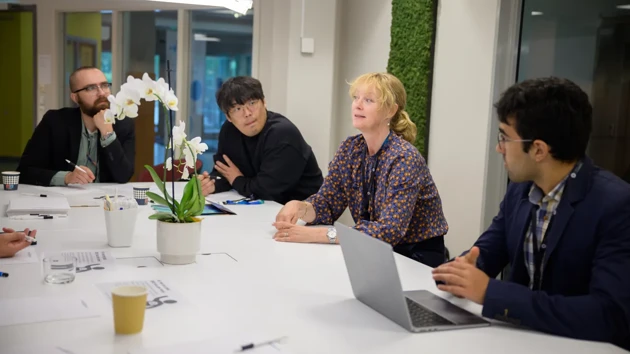What is citizen science?
Citizen science is based on researchers and the public working together on a research project. This method enables you to reach the public not only with your results but also with the actual research process. The public can contribute by collecting material, taking measurements, examining images or transcribing old manuscripts.
Find out more about citizen science
Public & Science Sweden is an organisation of experts actively working to promote citizen science and to help researchers in Sweden organise citizen science projects.
What is citizen science? (medborgarforskning.se/eng)
Opportunities and requirements for researchers
The benefits of citizen science are that, as a researcher, you have the opportunity to expand knowledge about your field and public confidence in research. But it also requires the researcher to have a plan for sharing knowledge and reaching the public with your results. How will your citizen scientists be informed of the results? What added value can you offer?
Potential problems with citizen science
Sometimes you may hear opinions criticising the idea of citizen science. These often centre around concerns about data quality. However, if you have a well-thought-out methodology, you can collect good quality data. This makes citizen science just as reliable as classic methods. Citizen science can also be used as a complement to your own collection, known as a holistic approach.
Consider this before beginning
If you want to incorporate citizen science into your project, you need to consider the following:
- Who is your target audience? Who might be interested in participating in your project? Normally, there is a small group of people who are very interested in the topic and who are also interested in participating. Identifying this group will tell you who your target audience is.
- Which methodology should you use, and what tools are needed to collect data? Do you need to train participants to be able to collect data?
- What are you giving back to the participants? This needs to be a give and take process. The more you can give back, the more motivated the participants will be. You can share data and results with them but could also offer them to be co-authors in published works.
- At what point in the process do you want participants to join in? The most common scenario is for participants to help collect data, but you can also turn to participants to identify a research issue or for help interpreting data.
Get inspired by a previous citizen science project
Judith Sarneel, a researcher at the Department of Ecology, Environment and Geoscience, took help of citizen scientists to study the decomposition of plant material. In the article below, you can read about how she involved school classes in her research, along with her tips on how to engage the public.
Read the article "Citizen science – a part of open science"
Questions about citizen science
If you have questions about citizen science, you can always contact the library.


